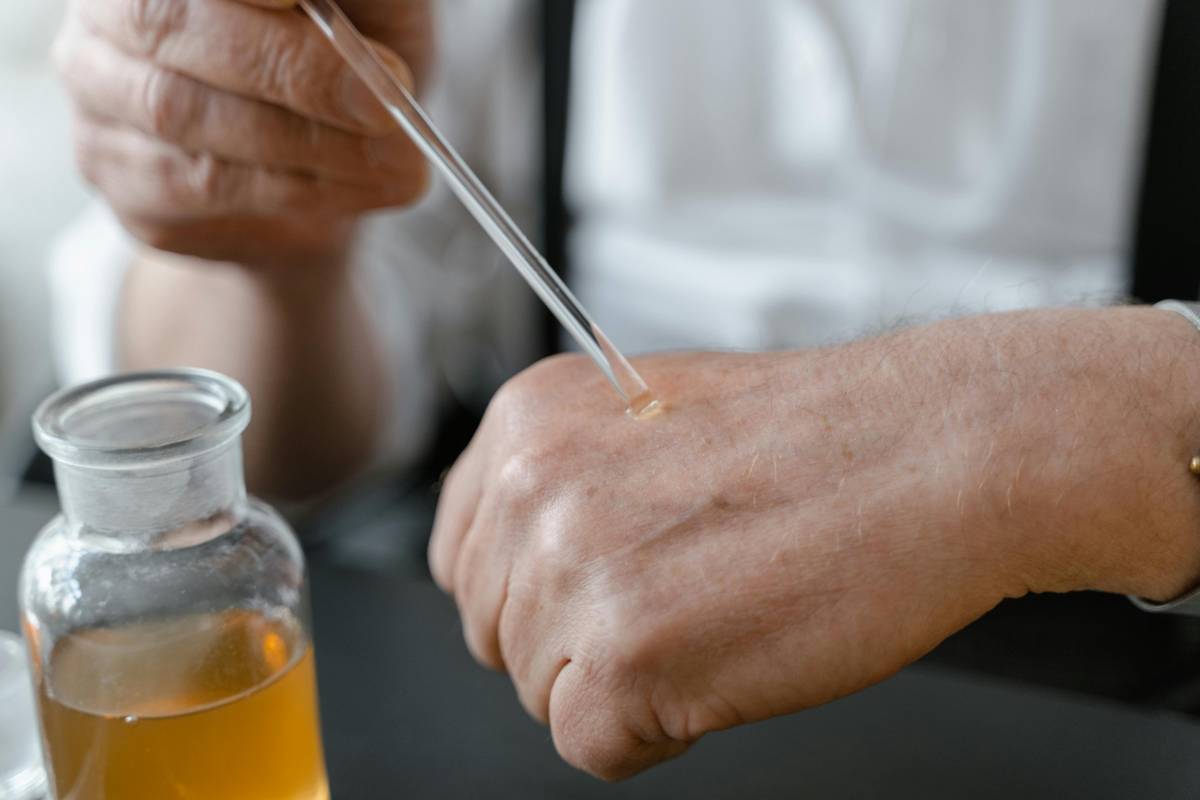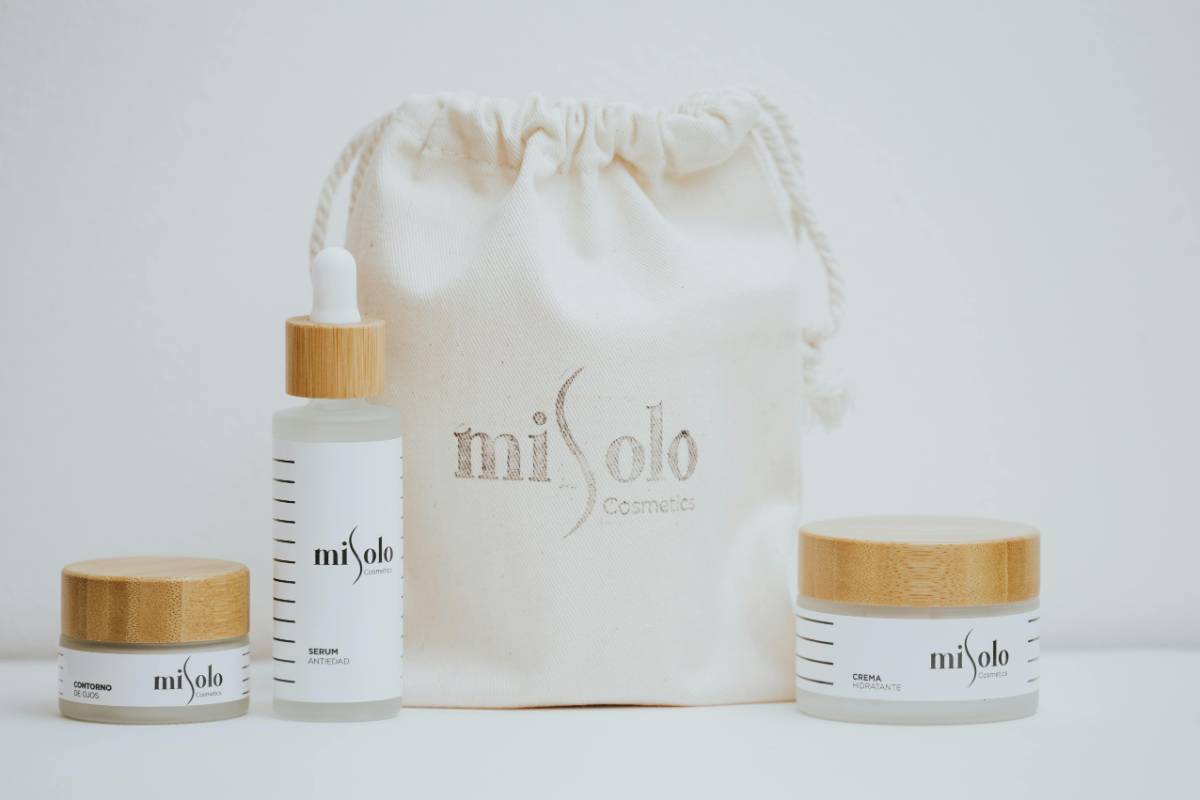
Sustainability and luxury may once have seemed worlds apart, but today’s discerning consumers are demanding both — and high-end skincare brands are rising to the challenge. The fusion of organic purity and opulent indulgence is creating a new wave of skincare labels that deliver both ethical integrity and transformative results.
1. The Rise of Eco-LuxuryAs climate consciousness grows, luxury skincare is shifting from excess to ethics. Consumers are turning toward brands that prioritize clean ingredients, eco-friendly packaging, and cruelty-free practices. The modern definition of luxury now includes traceability, transparency, and responsibility.
2. Ingredients with IntegrityToday’s sustainable skincare is driven by potent botanicals, bioactive extracts, and renewable resources. Brands like Tata Harper use farm-fresh ingredients, grown on-site, to ensure purity. Others, like Herbivore Botanicals, harness sustainably sourced minerals and cold-pressed oils that deliver visible results without compromising on ethics.
Glass jars, compostable boxes, and refillable systems are redefining packaging aesthetics. Brands like L’Occitane and REN Clean Skincare have adopted zero-waste goals, while new players are using biodegradable algae ink and mushroom-based wrapping. It’s not just about what's inside the bottle anymore.
💡 Discover More from Luxury Skincare
Luxury skincare once implied synthetic ingredients and elaborate formulas. Now, high-performance organic skincare offers results comparable to clinical brands. Brands like Vintner’s Daughter and May Lindstrom combine active botanicals with nutrient-dense oils, delivering firming, brightening, and hydrating benefits.
5. Conscious Luxury LeadersSeveral brands are spearheading the sustainable revolution in premium skincare. Aesop integrates eco-conscious sourcing with minimalistic design. Susanne Kaufmann blends Alpine traditions with modern green science. Each of these brands champions both planet and performance.
6. The Role of TechnologyGreen tech is enhancing sustainability in skincare. CO2 extraction, bio-fermentation, and waterless formulations are minimizing waste and maximizing potency. Brands like True Botanicals are using biotech to replicate rare actives without harming ecosystems.
7. Certifications That MatterModern consumers look for labels that signal trust—COSMOS Organic, Ecocert, Leaping Bunny, and Climate Neutral Certified. These aren’t just badges; they’re proof of rigorous standards, showing that a brand walks its talk.
8. Local and Small-Batch ProductionMany emerging luxury labels are scaling down production to scale up quality. Small-batch runs reduce waste and ensure freshness. Brands like Earthwise Beauty and Monastery utilize artisanal methods, offering a deeply personal skincare experience.
9. Transparency as a LuxuryOpenness about sourcing, labor practices, and environmental impact is the new badge of luxury. Brands now share the lifecycle of a product—from seed to shelf—building trust and connection with a mindful customer base.
10. Celebrity and Influencer EndorsementsStars like Emma Watson and Gwyneth Paltrow have championed organic luxury, launching or endorsing brands that blend clean beauty with elegance. These figures help redefine what aspirational skincare looks like in a post-carbon-conscious world.
11. The Future of Sustainable SkincareExpect more hybrid formulas, AI-assisted customization, and carbon-negative production. The future belongs to brands that balance efficacy with environmental mindfulness. Sustainability is no longer a trend—it’s the foundation of tomorrow’s luxury.
ConclusionSustainable luxury skincare is not just a niche—it’s the new norm. With a growing roster of brands committed to both planet and performance, the industry is evolving into a space where purity meets prestige. As consumers, choosing these conscious brands means indulging in beauty that’s both skin-deep and planet-deep.
Stay in the Loop

Olivia Turner
Expert in Legal Writing & Research
Olivia Turner is an advocate for legal clarity and accessibility. With years of experience in law, they bring a meticulous and thoughtful approach to each article, offering readers insightful analysis of complex topics.
Discover More About Olivia TurnerYou Might Also Like
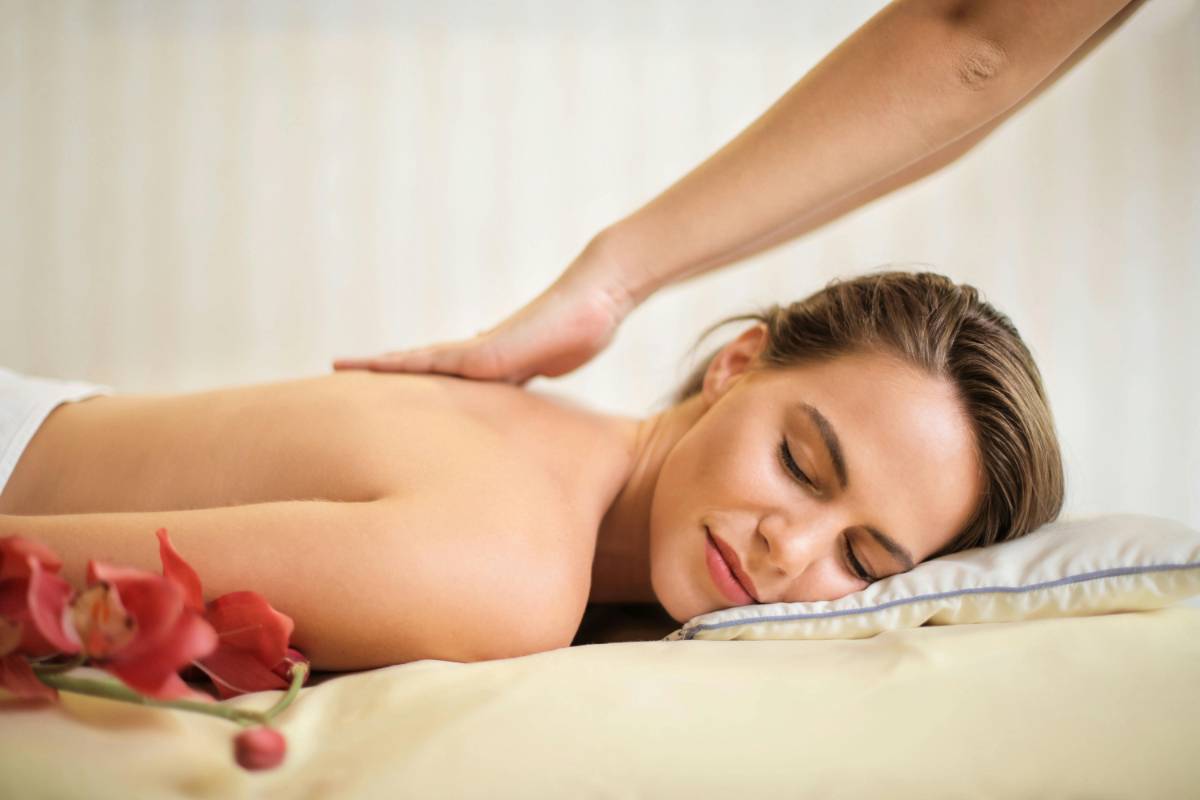
Wellness
Luxury Wellness Meets Technology: AI-Powered Skin & Sleep Diagnostics
Luxury wellness is entering a new frontier—one where advanced technology meets personal care. In 2025, AI-powered diagnostics are transforming how we understand our skin and sleep patterns, blending science with self-care in ways that are deeply personalized, hyper-effective, and undeniably luxurious.***1. The Rise of AI in SkincareSkin diagnostics are no longer confined to the dermatologist’s office. Luxury skincare brands are now offering AI-based tools that scan, analyze, and recommend routines tailored to individual needs. From moisture levels to pigmentation, these tools provide data-driven solutions that elevate skincare from guesswork to precision.***2. Boutique Beauty LabsExclusive boutiques from brands like La Mer, Sisley, and Dior are now equipped with in-house beauty diagnostics. Clients sit for facial scans that assess skin damage, hydration, elasticity, and even pollution impact—followed by curated regimens using premium formulations.***3. Personalized Sleep ProfilesLuxury wellness now extends beyond waking hours. AI-powered sleep diagnostics, embedded in boutique spa experiences or available as at-home devices, track REM cycles, breathing rhythms, and environmental factors. Brands like Eight Sleep and Dreem are partnering with wellness resorts to bring high-tech rest to high-end living.***4. Data-Driven Product RecommendationsGone are the days of trial and error. With AI assessments, brands can recommend serums, masks, and treatments based on real-time skin conditions. SkinCeuticals and Shiseido are leading the way, using neural networks to decode skin behavior and deliver exact-fit solutions.***5. Smart Mirrors & Diagnostic DevicesIn many luxury boutiques, smart mirrors now function as diagnostic tools. They scan skin in seconds, highlight problem areas, and sync with mobile apps for ongoing tracking. These mirrors combine sleek design with powerful tech—making wellness both stylish and scientific.***6. Boutique Sleep SanctuariesBoutiques in wellness-forward hotels and spas are creating dedicated sleep sanctuaries. Using AI-powered mattresses, light therapy systems, and ambient sound control, these spaces offer hyper-customized environments that optimize restorative sleep based on user data.***7. Combining AI with Human ExpertiseWhile machines do the analysis, luxury wellness still values the human touch. AI diagnostics are paired with expert consultants—dermatologists, aestheticians, and sleep coaches—to interpret data and offer empathetic, intelligent guidance.***8. Wellness Membership ModelsSome high-end boutiques are offering AI-based diagnostics as part of exclusive memberships. Monthly facial scans, sleep reports, and one-on-one consultations help clients stay ahead of aging, stress, and environmental wear—turning wellness into an ongoing, elite journey.***9. Privacy, Ethics & ExclusivityWith tech comes responsibility. Luxury brands are ensuring data is securely stored and ethically used, often within closed-loop systems accessible only to the client and advisor. This commitment to privacy reinforces exclusivity and trust—cornerstones of luxury.***10. The Future of Personalized WellbeingAI is not replacing wellness rituals—it’s refining them. By delivering hyper-individual insights, it enhances product efficacy, supports mindful routines, and creates a deeper sense of control. The result? A new era of intelligent indulgence, where every decision is informed by data and elevated by design.***ConclusionThe intersection of AI and luxury wellness is not just a trend—it’s the next evolution. As skincare and sleep diagnostics become smarter, more precise, and more personal, they transform wellness into an experience of empowerment, sophistication, and true self-knowledge.
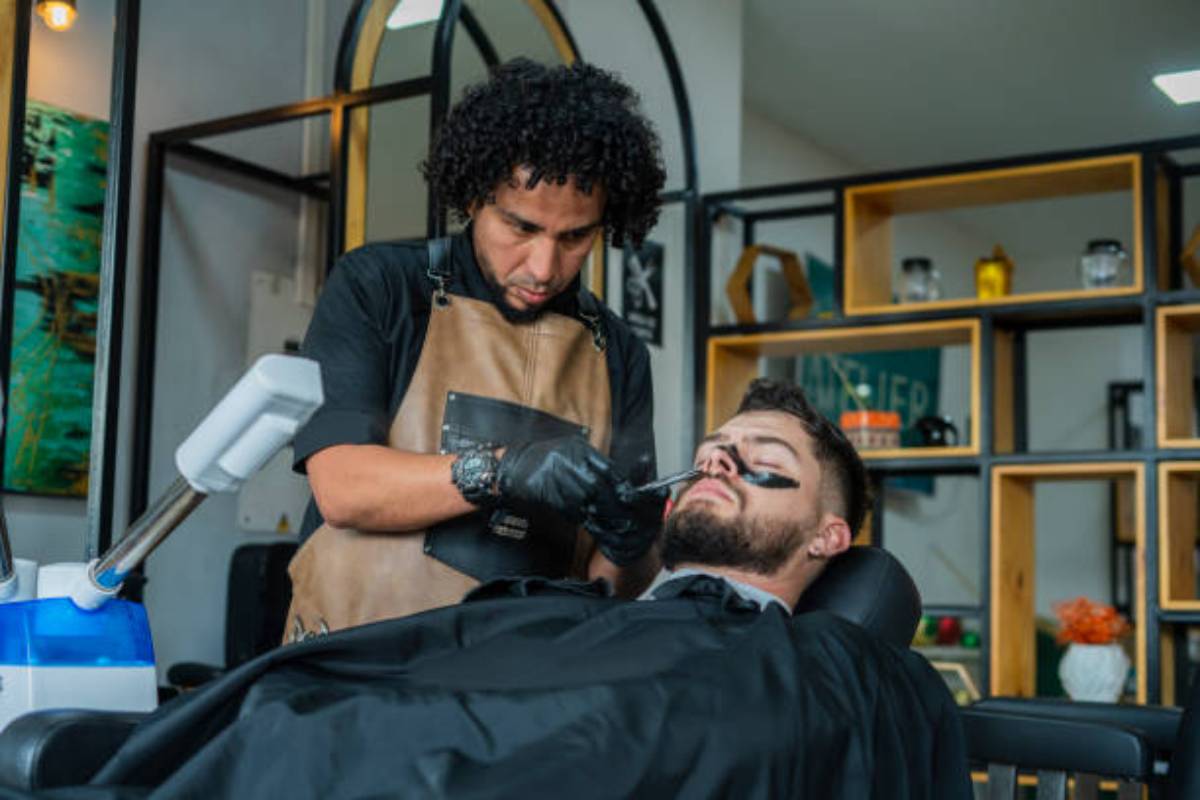
Wellness
We Tried a Week of Luxury Biohacking – Here’s What Happened
Luxury biohacking is the new frontier of wellness. Once reserved for Silicon Valley elites and longevity obsessives, it’s now finding its place in the mainstream — packaged in sleek aesthetics and high-end experiences. So, we decided to spend an entire week immersed in this world of cutting-edge performance science. The result? Eye-opening, energizing, and at times, surprisingly indulgent.***1. The Start: From Curiosity to CommitmentBiohacking isn't new, but luxury biohacking is a different beast. It’s not just about taking cold showers or skipping meals — it's about precision, personalization, and premium-grade wellness. Our journey began at a renowned bio-optimization clinic, where we underwent DNA-based fitness assessments, gut microbiome testing, and infrared scans to map our internal health landscape.***2. Mornings with Red Light and NootropicsEach day started with red light therapy sessions — 15 minutes basking in a warm, glowing panel meant to improve cellular health, reduce inflammation, and stimulate collagen. We followed this with a curated stack of nootropics—premium cognitive enhancers that promised clarity, focus, and energy. Unlike a cup of coffee, this combo didn’t spike our nerves; it gave us calm drive.***3. Customized IV Drips and Oxygen PodsMidweek, we were treated to intravenous therapy — a cocktail of vitamins, amino acids, and NAD+ delivered directly into our bloodstream. While we reclined in leather chairs, oxygen therapy pods infused our lungs with 95% pure O2. The combination was like hitting the reset button for our bodies — jet-lagged minds felt revived, and skin appeared visibly plumper.***4. Personalized Nutrition and Gut HealthForget fad diets. Here, food was treated like precision medicine. A chef-prepared menu based on our microbiome results included anti-inflammatory superfoods, fermented tonics, and adaptogenic elixirs. Breakfast featured wild blueberries, lion’s mane mushrooms, and sprouted quinoa. No sugar spikes, no bloating — just sustained, clean energy.***5. Cryotherapy and Thermal ContrastLuxury biohacking demands resilience, and nothing tested ours like three-minute cryotherapy sessions at -200°F. But the payoff? Reduced soreness, improved sleep, and better skin tone. Paired with contrast therapy (alternating hot and cold baths), it became a daily ritual that surprisingly boosted mood and motivation.***6. The Mental Game: Meditation and NeurofeedbackMental optimization is the heart of true biohacking. We wore brain-sensing headbands during guided meditations and received neurofeedback to train our brains into deep focus and relaxation. What felt like science fiction quickly turned into one of the most impactful parts of the week — especially for stress relief and emotional balance.***7. Sleep Like RoyaltyForget blackout curtains — we were given biometric sleep trackers and surrounded by EMF-blocking canopies. Our bedrooms were cooled to the perfect temperature, infused with lavender scent, and equipped with circadian rhythm lighting. The result: deep, uninterrupted sleep and a profound sense of recovery.***8. Tech-Infused FitnessWorkouts were data-driven and brief. EMS (electrical muscle stimulation) suits provided 20-minute full-body workouts equivalent to hours in the gym. Paired with AI-based posture tracking and real-time biometric feedback, this approach turned exercise into an efficient, high-tech performance booster.***9. High-Touch Human ConnectionDespite all the machines and technology, luxury biohacking emphasized human interaction. Daily check-ins with health coaches, massage therapists, and nutritionists personalized the experience. It wasn’t sterile — it was deeply curated, emotionally supportive, and rooted in holistic care.***10. Final Results and ReflectionsBy the end of the week, we didn’t just feel healthier — we felt optimized. Energy levels soared, mental fog disappeared, skin glowed, and we slept like babies. But more than anything, we realized luxury biohacking isn’t about being perfect; it’s about giving your body and mind the highest quality inputs and time to regenerate.***11. Is It Worth It?At a price point most can only dream of, luxury biohacking isn’t for everyone. But it offers a glimpse into the future of wellness — where data meets comfort, and health becomes aspirational. For those who can afford it, it’s not just self-care; it’s self-elevation.***ConclusionOur week in the world of luxury biohacking taught us one thing — investing in your well-being can be both scientific and sensual. It’s about reconnecting with your biology through the best tools money can buy. Whether it’s a cryo-chamber or a gut-friendly smoothie, the biohacked life is no longer fringe — it’s the future of feeling good.
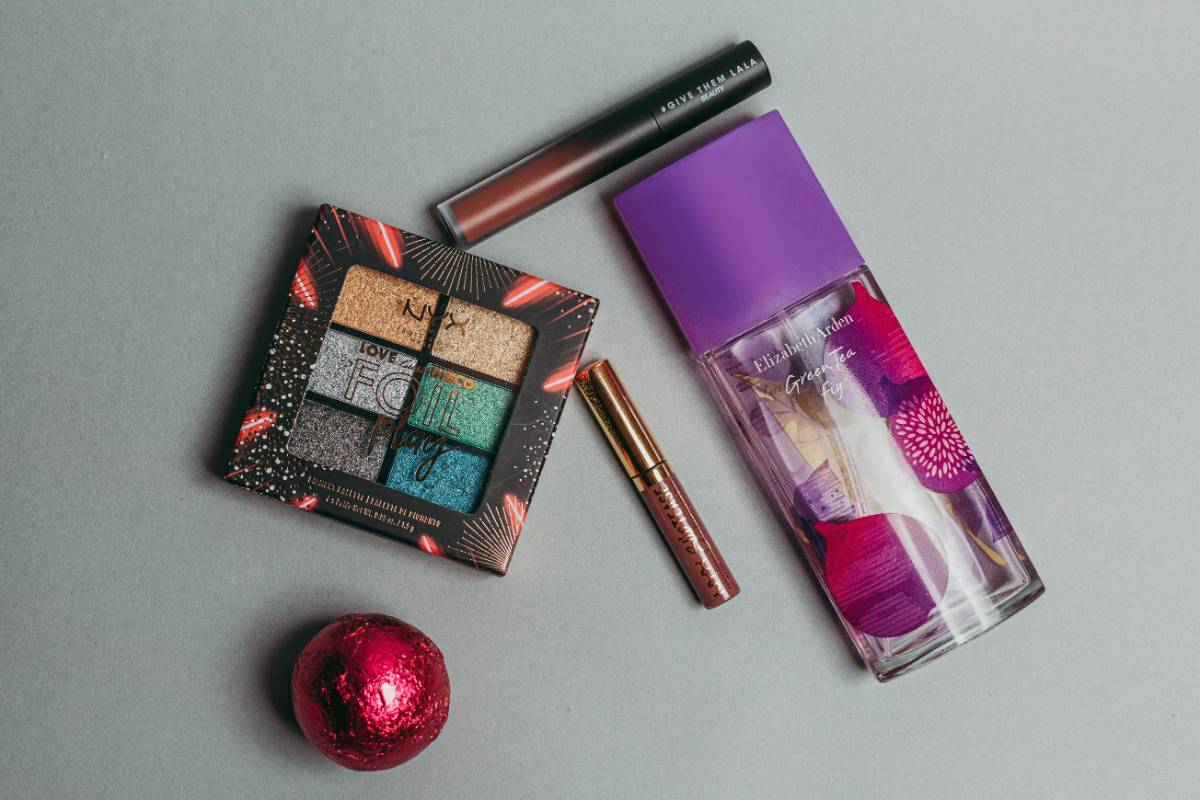
Fragrance
The World’s Most Expensive Perfumes – And Who Wears Them
Perfume has always been the invisible luxury—an olfactory signature that speaks volumes. But for the elite, scent goes far beyond a personal touch. Some perfumes are handcrafted, gemstone-encrusted, and priced in the thousands. Let’s explore the world’s most expensive perfumes—and the celebrities and royals who wear them.***1. Clive Christian No. 1 Imperial Majesty – $12,000+ per ozKnown as the crown jewel of perfumery, this fragrance comes in a Baccarat crystal bottle with a 24-carat gold collar and a five-carat diamond. Only a few were ever made. It’s said to be worn by British aristocrats and billionaires who crave exclusivity and heritage.***2. Roja Parfums Haute Luxe – $3,500 per bottleCrafted by British perfumer Roja Dove, Haute Luxe is a complex blend of rare rose de mai, jasmine, and oud. The formula is kept secret, and only limited bottles are made each year. Celebrities like Tom Hiddleston and models from Chanel campaigns are known fans of Roja’s fragrances.***3. Baccarat Les Larmes Sacrées de Thebes – $6,800 per ozThis fragrance is not just about scent—it's sculpture. Housed in a pyramid-shaped Baccarat crystal bottle, this perfume includes frankincense and myrrh with florals and amber. Rumored to be a favorite of royalty in the Middle East, it’s as rare as it is luxurious.***4. Chanel Grand Extrait – $4,200 per 30 ozThe Chanel No. 5 Grand Extrait is luxury bottled in its purest form. The perfume is made in small batches using the most delicate extraction techniques. Hollywood icons like Marilyn Monroe made this scent legendary—and today, it continues to be adored by stars like Nicole Kidman and Margot Robbie.***5. House of Sillage Tiara – $1,200 per ozAdorned with Swarovski crystals and featuring notes of Madagascar vanilla and rare roses, Tiara is known for its sweet sophistication. It's a red-carpet favorite among influencers and celebrities, from red carpet hosts to royalty attending galas.***6. Henry Jacques “Clic-Clac” Collection – Custom PricingThis French haute parfumerie offers bespoke scents stored in custom leather cases embedded with gold or diamonds. Prices vary by customization. Known to be favored by Gulf royals and high-fashion insiders, these scents are more treasure than fragrance.***7. Amouage Gold – $400+ per bottleThough more accessible than others on this list, Amouage Gold’s complexity and heritage make it elite. Commissioned by the Sultan of Oman, it includes frankincense, myrrh, and florals. Worn by diplomats and luxury travelers, it's a signature of taste and tradition.***8. Celebrity Perfume ObsessionsBeyoncé is rumored to adore Clive Christian, while Rihanna’s scent—reportedly a blend of Kilian’s Love, Don’t Be Shy—is often talked about. Johnny Depp leans toward earthy, woody tones, favoring Dior’s Sauvage, which isn’t the most expensive, but has become a modern classic.***9. The Experience Behind the PriceThese fragrances are crafted by master perfumers using the rarest ingredients—Oudh from Assam, Bulgarian rose, Ambergris, and Orris root. Every element is curated: from ingredient sourcing to bottle design, down to how the scent develops hour by hour on the skin.***10. Perfume as PowerFor the ultra-wealthy, perfume isn’t just about smelling good—it’s a form of identity, wealth, and personal branding. A rare scent can signal status more subtly than a designer logo. In elite circles, knowing what someone wears says as much as their watch or car.***ConclusionThe world’s most expensive perfumes are more than fragrances—they’re legacies, handcrafted luxuries that blend art, chemistry, and exclusivity. Whether worn by royalty, stars, or tastemakers, these scents leave an invisible yet unforgettable trail of power and prestige.
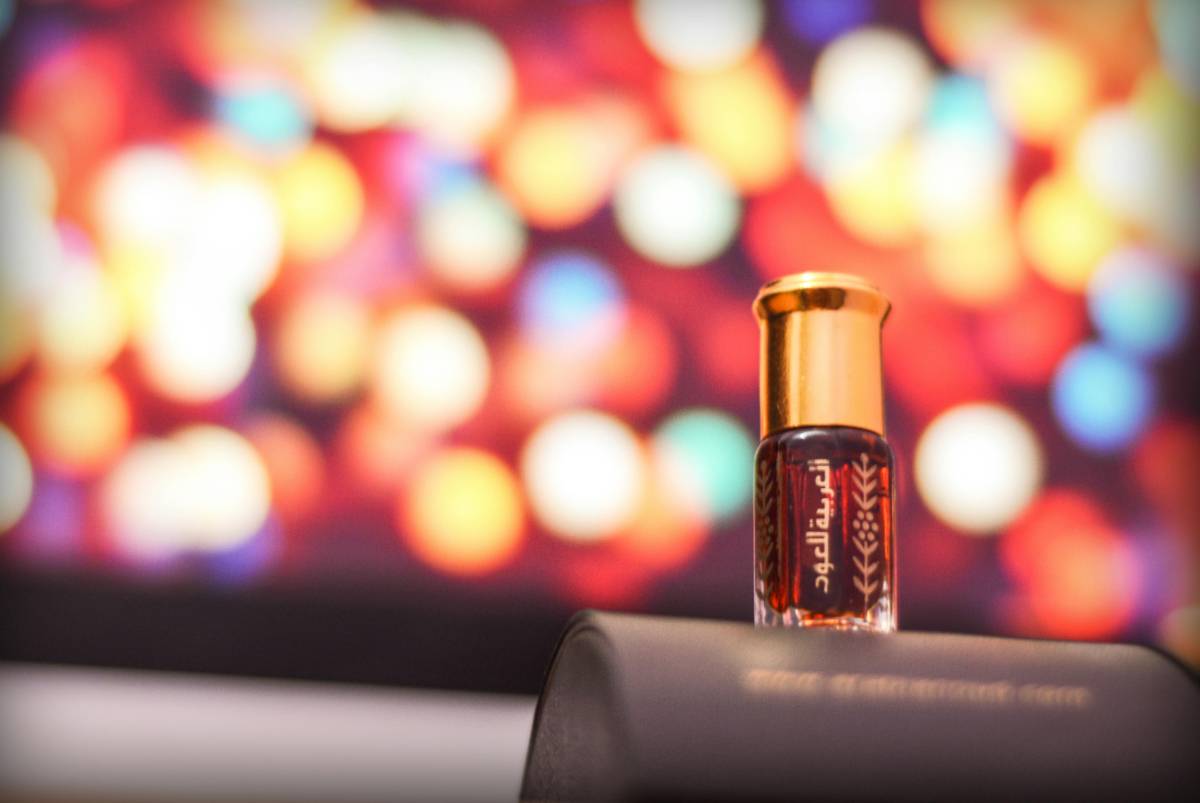
Fragrance
Why Oud Remains the Crown Jewel of Luxury Scents
Few ingredients command as much reverence in perfumery as oud, often called “liquid gold.” Its rich, resinous aroma and storied history make it the ultimate marker of luxury and sophistication.***1. Ancient Origins and ReverenceOud’s heritage dates back millennia, prized by ancient civilizations for its sacred and medicinal properties. In many cultures, burning agarwood was reserved for royalty and religious ceremonies.***2. Extraction of Agarwood OilTrue oud oil comes from the resinous heartwood of the Aquilaria tree, infected naturally by a specific mold. This rare process can take decades, resulting in a deeply complex and potent oil.***3. Rarity and PriceBecause only a fraction of Aquilaria trees produce usable resin, oud is exceedingly rare. High demand and limited supply drive prices into the thousands per ounce, solidifying its status as a precious commodity.***4. Complex Aromatic ProfileOud’s scent evolves over time—opening with smoky, leathery top notes before revealing nuances of wood, amber, and sweet balsam. This layered complexity creates an unforgettable fragrance journey.***5. Role in Perfume TraditionFor centuries, Middle Eastern and South Asian perfumers have built entire compositions around oud. Its deep, mystical character forms the backbone of many iconic oriental fragrances.***6. Modern InnovationsContemporary brands are blending oud with unexpected notes—like rose, saffron, and vetiver—to appeal to global audiences. These modern takes highlight oud’s versatility and enduring appeal.***7. Cultural and Spiritual SignificanceBeyond perfumery, oud remains a symbol of status, spirituality, and ceremony. In many Gulf countries, homes are scented with burning chips of agarwood, signifying hospitality and honor.***8. Sustainability ChallengesOverharvesting and illegal logging threaten wild Aquilaria populations. In response, ethical brands are investing in sustainable cultivation and transparent sourcing to protect this precious resource.***9. Synthetic vs. Natural OudWhile synthetic oud molecules offer consistency and lower cost, they cannot fully replicate the depth and unpredictability of authentic resin. Connoisseurs continue to value natural oud for its unique imperfections.***10. The Enduring AllureOud’s blend of history, complexity, and rarity ensures it remains a crown jewel in any fragrance collection. Its magnetic scent captivates wearers and admirers alike, transcending trends.***ConclusionIn an ever‑evolving world of perfumery, oud stands apart—timeless, opulent, and profoundly evocative. Its legacy endures, reminding us that the rarest ingredients yield the most unforgettable scents.

